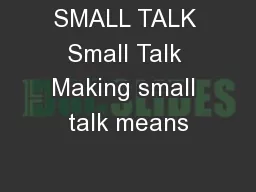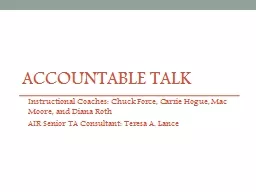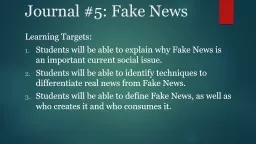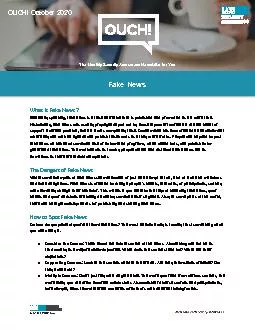PPT-How to Submit a Fake Talk to a Con
Author : calandra-battersby | Published Date : 2016-11-26
Not that Crowley guy Step 1 Choose a Con Small cons First year cons Cons run by guys with green hair Step 2 Pick a talk Doesnt have to be your own Know your panelists
Presentation Embed Code
Download Presentation
Download Presentation The PPT/PDF document "How to Submit a Fake Talk to a Con" is the property of its rightful owner. Permission is granted to download and print the materials on this website for personal, non-commercial use only, and to display it on your personal computer provided you do not modify the materials and that you retain all copyright notices contained in the materials. By downloading content from our website, you accept the terms of this agreement.
How to Submit a Fake Talk to a Con: Transcript
Download Rules Of Document
"How to Submit a Fake Talk to a Con"The content belongs to its owner. You may download and print it for personal use, without modification, and keep all copyright notices. By downloading, you agree to these terms.
Related Documents














